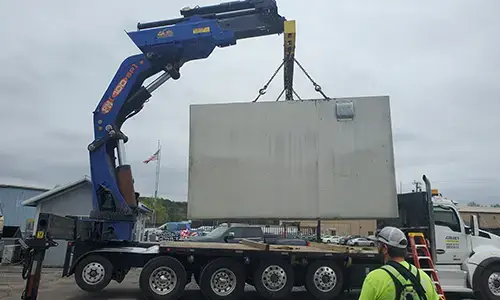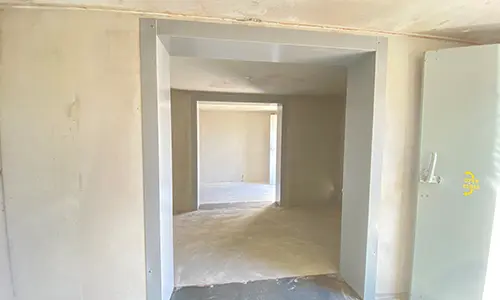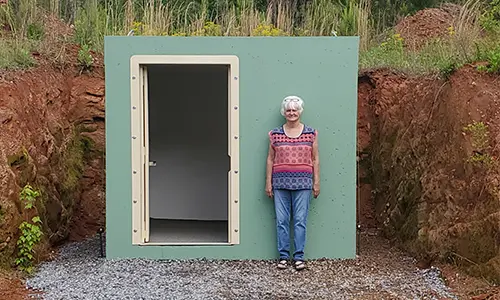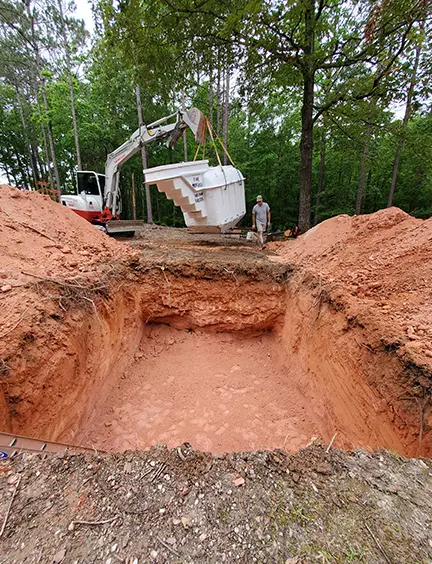Storm Shelter vs Safe Room: Which One Is Best?

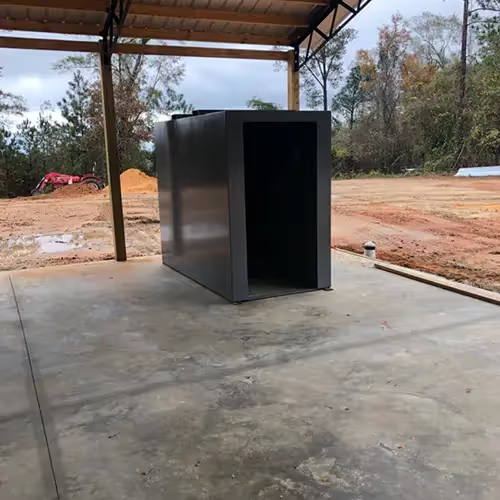
Understanding the Difference Between Storm Shelters and Safe Rooms
When severe weather strikes Alabama, few decisions are as crucial as where to take cover. Tornadoes, high winds, and debris can appear with little warning, leaving families asking: storm shelter vs safe room—which is better?
Both are designed to protect lives but differ in structure, placement, and accessibility. Many Alabama homeowners install residential storm shelters or prefabricated safe rooms each year, yet confusion persists about which offers better safety and long-term value.
By the end of this guide, you’ll understand exactly how storm shelters and safe rooms compare in safety, installation, cost, and maintenance—helping you make an informed, life-saving choice.
How Storm Shelters and Safe Rooms Protect You (Why It Matters)
Before comparing storm shelter vs safe room, it’s important to understand their shared purpose. Both act as reinforced enclosures engineered to withstand tornado-force winds and flying debris, but their designs differ.
A storm shelter is typically an independent, reinforced structure installed underground or outside the home. A safe room, however, is built within the house, offering immediate access during emergencies.
Key benefits of storm shelters and safe rooms include:
- Certified protection from extreme winds and debris
- Peace of mind for families in tornado-prone regions
- Increased home safety and property value
- Compliance with FEMA and ICC safety standards
While both save lives, your decision depends on your property layout, accessibility needs, and budget.
Comparing Storm Shelters and Safe Rooms: What You Need to Know
Size and Location Differences Between the Two
Storm shelters are usually installed underground—in backyards, basements, or garages. This design shields you from direct debris impact.
Safe rooms are built within the home, often in basements, closets, or garages, offering instant access when every second matters.
- Storm shelters: Superior debris protection but require outdoor travel.
- Safe rooms: Quicker access for families with children or elderly members.
Explore underground options like the Underground Shelters or garage-integrated systems at Above-Ground Safe Rooms.
Construction Standards and Material Durability Compared
Both storm shelters and safe rooms must meet FEMA P-361 and ICC 500 standards, which ensure walls, doors, and roofs can resist flying debris at over 250 mph.
- Storm shelters: Commonly made of reinforced concrete or steel buried underground, providing near-total protection.
- Safe rooms: Built into home structures with concrete safe room walls and reinforced steel doors.
In Alabama’s humid climate, steel or composite materials are ideal to prevent corrosion in underground safe rooms and garage storm shelter installations. Learn more about durable Concrete Above-Ground Storm Shelters.
Installation Process and Site Requirements Compared
When comparing storm shelter vs safe room, installation logistics often determine the best option.
- Storm shelter: Requires excavation, soil testing, and professional installation—typically taking several days.
- Safe room: Can be retrofitted into existing homes or included in new construction.
Tip: Always hire certified installers who follow FEMA compliance and verify ICC 500 certification before starting your project. For large developments, consider Community Shelters for shared safety.
Cost and Maintenance Differences Explained
Understanding storm shelter cost versus safe room cost helps homeowners budget effectively. In Alabama:
- Storm shelter cost: $3,000–$8,000, depending on size, excavation needs, and materials.
- Safe room cost: $5,000–$10,000, depending on design and retrofitting requirements.
Maintenance:
- Underground storm shelters: Require drainage checks and sealing.
- Safe rooms: Need hinge lubrication, ventilation upkeep, and regular inspections.
For accurate cost estimates, consult trusted resources like HomeAdvisor or BobVila.
Accessibility and Family Safety Factors to Consider
Accessibility is crucial during tornado warnings. Every second counts.
- Safe rooms: Provide fast, indoor access without exposure to the elements.
- Storm shelters: Require stepping outside, which can be hazardous in high winds.
For families with elderly or mobility-limited members, an indoor safe room provides the safest option. However, underground storm shelters remain ideal for homes with large outdoor spaces.
Long-Term Value and Home Integration Compared
From a real estate perspective, both storm shelters and safe rooms add long-term value to your property.
- Safe rooms: Integrate seamlessly with your home, appealing to buyers prioritizing family safety.
- Storm shelters: Offer standalone protection, especially valuable for rural properties or open lots.
Prefabricated safe rooms and residential storm shelters alike can increase resale value—especially in tornado-prone areas like Alabama. Learn more at Forbes for home improvement ROI insights.
Real-Life Uses and Examples of Storm Shelters and Safe Rooms
Residential Example: Montgomery Family Survival Story
A family in Montgomery credited their in-home safe room with saving five lives during a 2023 tornado that destroyed their neighborhood. Proper DIY safe room maintenance ensured complete safety.
Rural Property Case: Elmore County Shelter Success
In rural Elmore County, a steel underground storm shelter installed in 2019 survived an EF3 tornado without structural damage—zero injuries reported.
These real-life stories show that when professionally installed and maintained, both storm shelters and safe rooms can withstand Alabama’s most powerful storms.
Tips for Choosing Between a Storm Shelter and Safe Room
Choosing between a storm shelter vs safe room depends on accessibility, location, and budget. Follow these expert tips to decide confidently:
- Prioritize accessibility: If you need instant access, go for an indoor safe room.
- Check local soil conditions: Alabama’s clay-heavy soil may influence underground installation feasibility.
- Verify FEMA compliance: Request certification and testing results from your installer.
- Plan for ventilation: Ensure airflow to prevent suffocation risk.
- Balance budget and safety: Spending more upfront on quality materials ensures decades of protection.
Final Thoughts: Making the Best Choice for Your Family
Both storm shelters and safe rooms save lives. Your best choice depends on family needs, property design, and safety priorities. If you want immediate access, a safe room is ideal. If you prefer maximum debris resistance, choose an underground storm shelter.
Investing in either option ensures your family’s safety and peace of mind—something every Alabama homeowner deserves.
For expert storm shelter and safe room installation, visit Lake Martin Storm Shelters today and explore their FEMA-approved options.
Frequently Asked Questions (FAQs)
1. What is the difference between a storm shelter and a safe room?
A storm shelter is typically underground or separate from the home, while a safe room is built inside. Both meet FEMA and ICC 500 safety standards.
2. Are storm shelters safer than safe rooms?
Both offer life-saving protection if built to FEMA P-361 specifications. The main difference lies in accessibility and personal preference.
3. How much does a storm shelter cost in Alabama?
Prices range from $3,000 to $8,000, depending on materials and size. FEMA grants may help reduce the storm shelter cost.
4. Can a safe room be added to an existing house?
Yes, DIY safe room retrofits are possible, especially in basements or garages. Always consult a certified installer for compliance.
5. Do storm shelters increase home value?
Yes, both storm shelters and safe rooms can enhance property value and attract safety-conscious buyers in Alabama’s tornado-prone regions.

